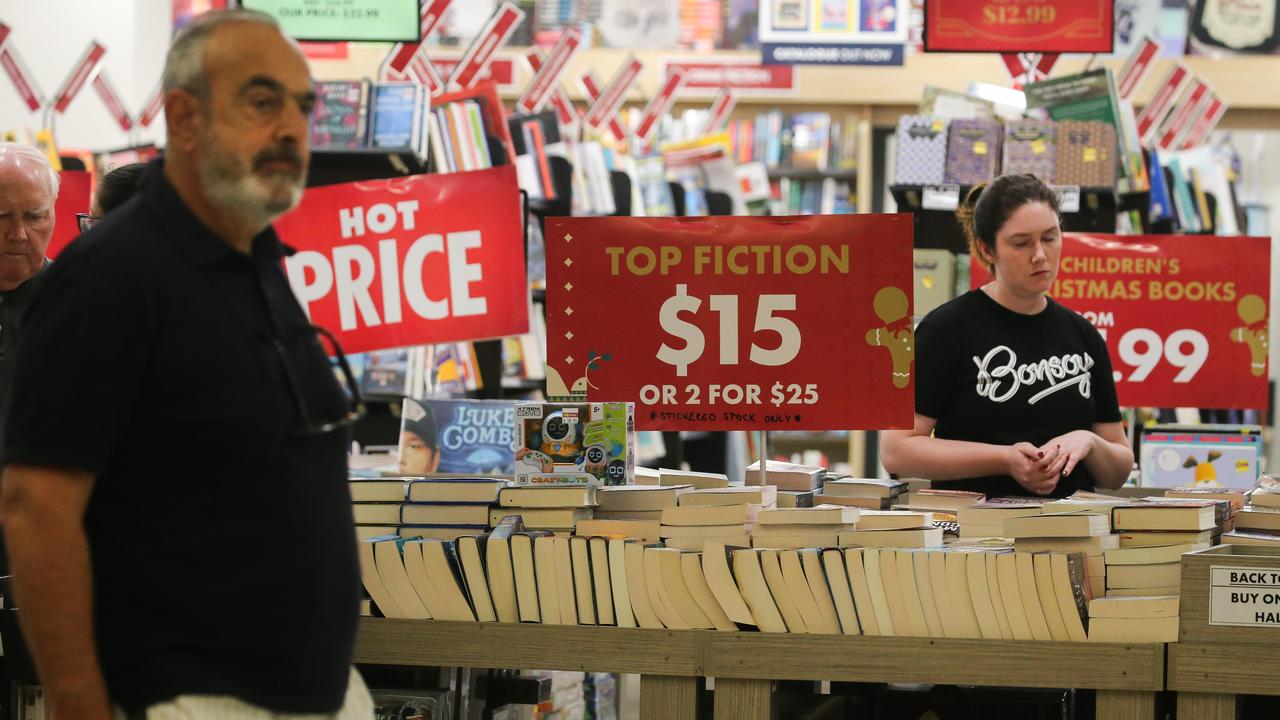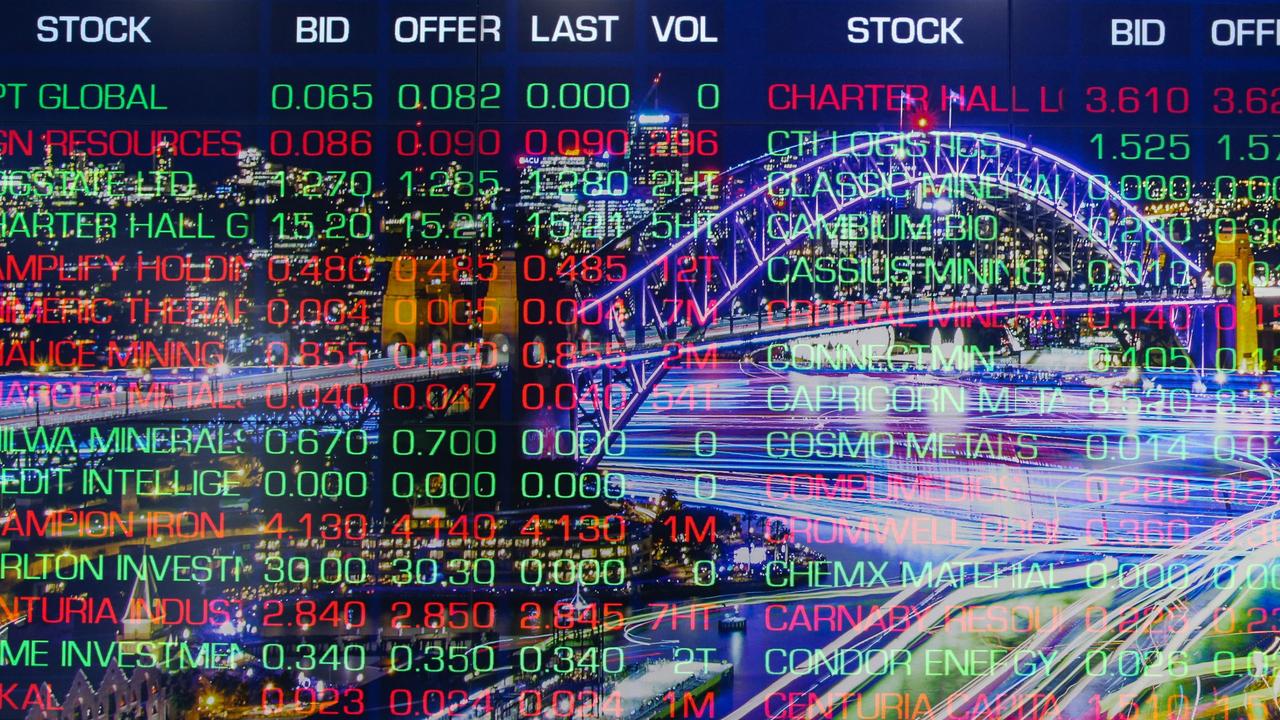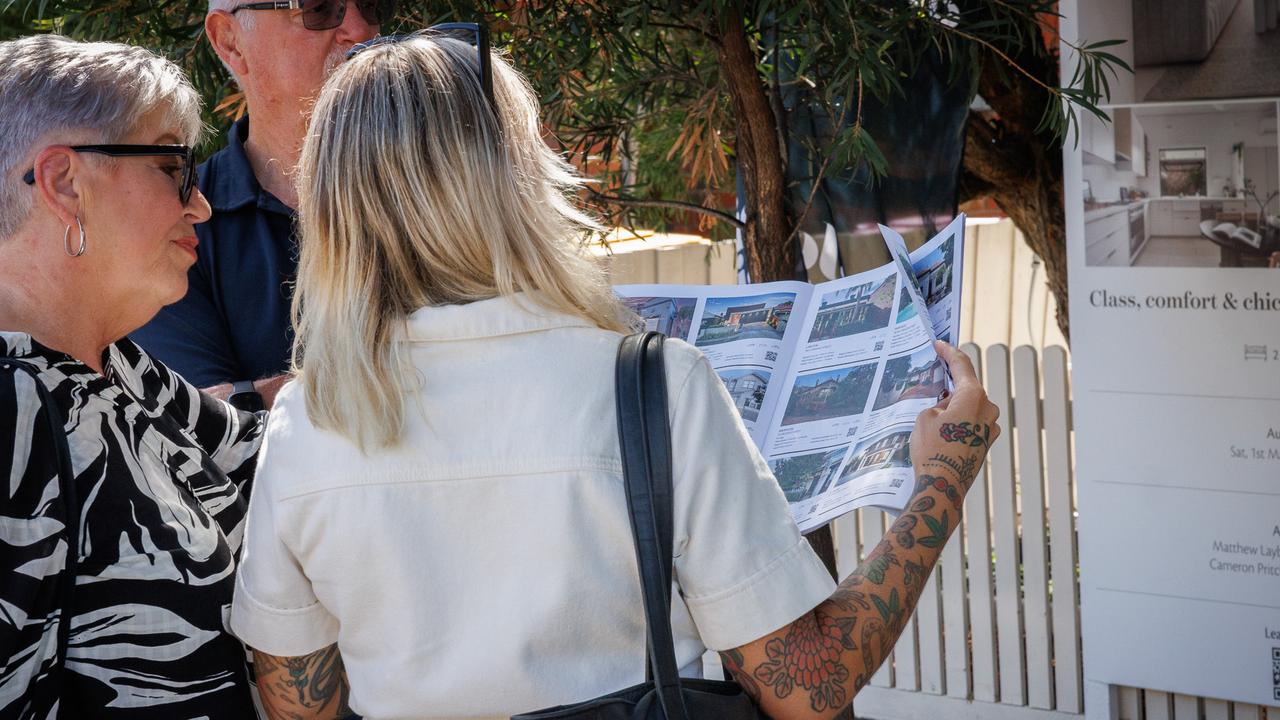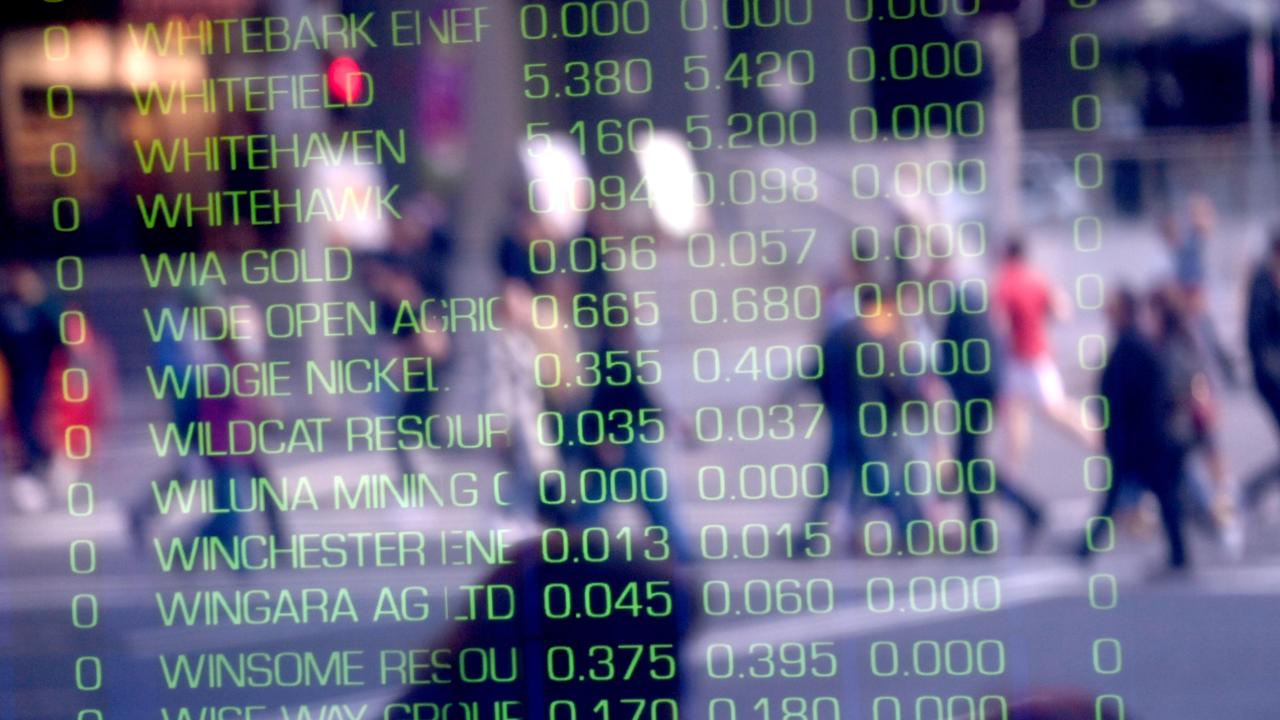‘Dividend deluge’ as cost-of-living crisis drags on household budgets
As Australia’s biggest companies do all they can to cut costs, the corporate juggernauts are pulling back profits to pay shareholders.

Business Breaking News
Don't miss out on the headlines from Business Breaking News. Followed categories will be added to My News.
As the cost-of-living crisis shows faint signs of easing, Australian companies will pay $80bn of dividends to shareholders, up 5 per cent on last year.
Analysis from Commonwealth Bank’s stockbroking arm CommSec has deemed the money being paid to shareholders as a “dividend deluge”.
The payouts come on the back of banks and insurers finding huge profits on the back of high interest rates, but the miners are left scrounging for returns to investors because of plummeting iron ore prices.
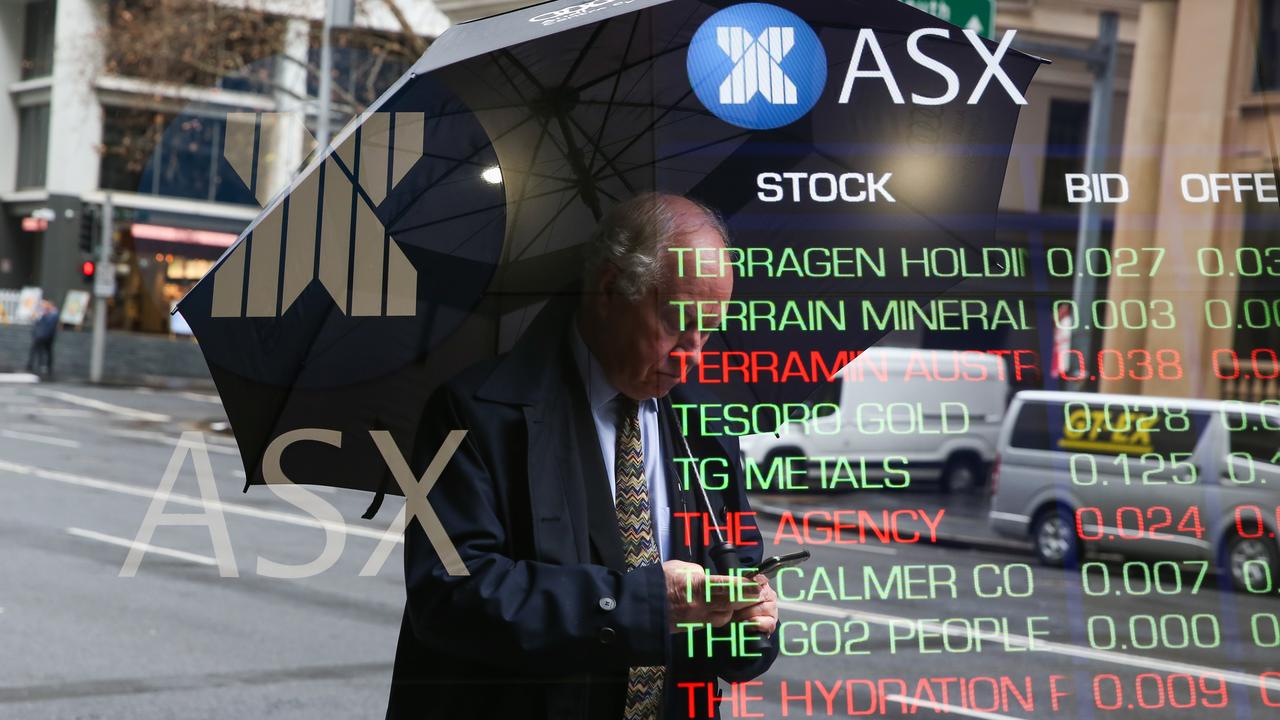
Analysis by CommSec senior economist Ryan Felsman, released this week, calls the 5 per cent increase in dividends paid by Australian companies a “dividend deluge”.
Australian companies are expected to pay out more than $80bn in dividends for the 2024 financial year, Mr Felsman finds.
Commonwealth Bank’s fully franked total dividend for the year is $4.65, representing a 4.2 per cent increase and $4.18bn of payments.
“It is worth noting that while the ‘big four’ dividends appear to be sustainable, they have been compressed to below-average levels,” Mr Felsman said.
“With the 12-month forward dividend yield for ANZ, CBA, NAB and Westpac at 4.3 per cent, which is below the long-run average of 5.7 per cent since 1997.”
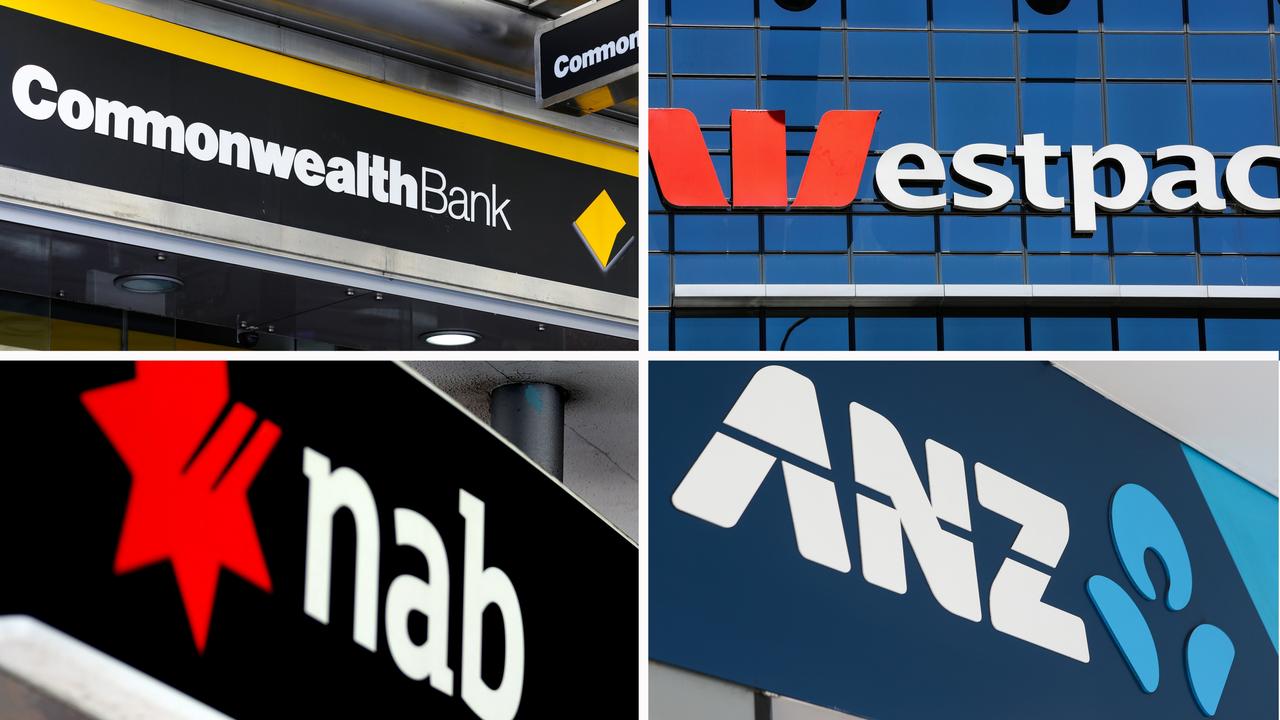
Suncorp dividends rose 63 per cent, Medibank’s payout increased 13 per cent, and IAG shareholders’ dividends rose 15 per cent.
BHP has the most expensive total dividend payout on the ASX ($5.54bn), though the payout is down $1.5bn in the aggregate compared to last year. The miner lowered dividends 10 per cent to invest in potash and copper mining.
“In terms of the outlook among locally listed stocks, dividend payouts are expected to ease around 2 per cent compared to the prior year,” Mr Felsman says of the 2025 financial year.
“Even though most sectors could increase payments, led by utilities, dividend cuts will likely be led by the energy and consumer discretionary sectors.”
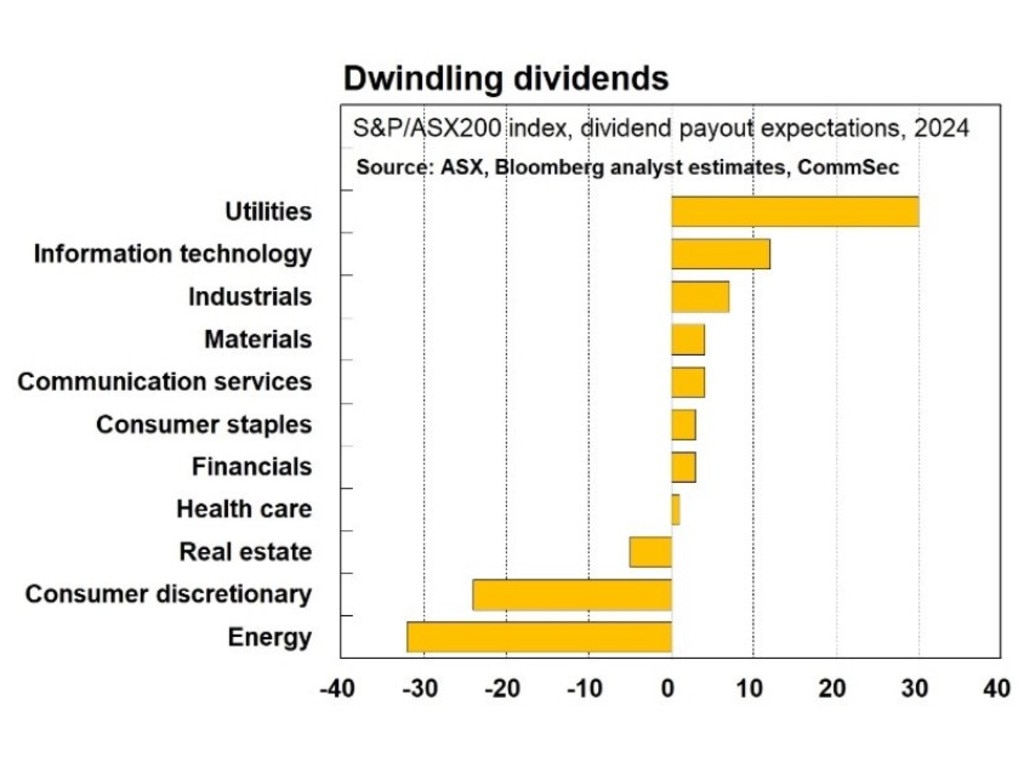
In a separate piece of analysis, CommSec market analyst Steven Daghlian said this year, financial results swung daily share prices more aggressively than normal.
“What this means for investors is that you can take advantage of the occasional over-reaction by the market to a set of numbers.
Looking at the ASX’ largest 300 companies, more missed their financial expectations than hit or surpassed, Mr Daghlian said.
“Overall it was still a solid year considering the challenging backdrop.”
The inflationary pressures include high costs and interest rates, and reduced consumer spending which bore clear effects this year.
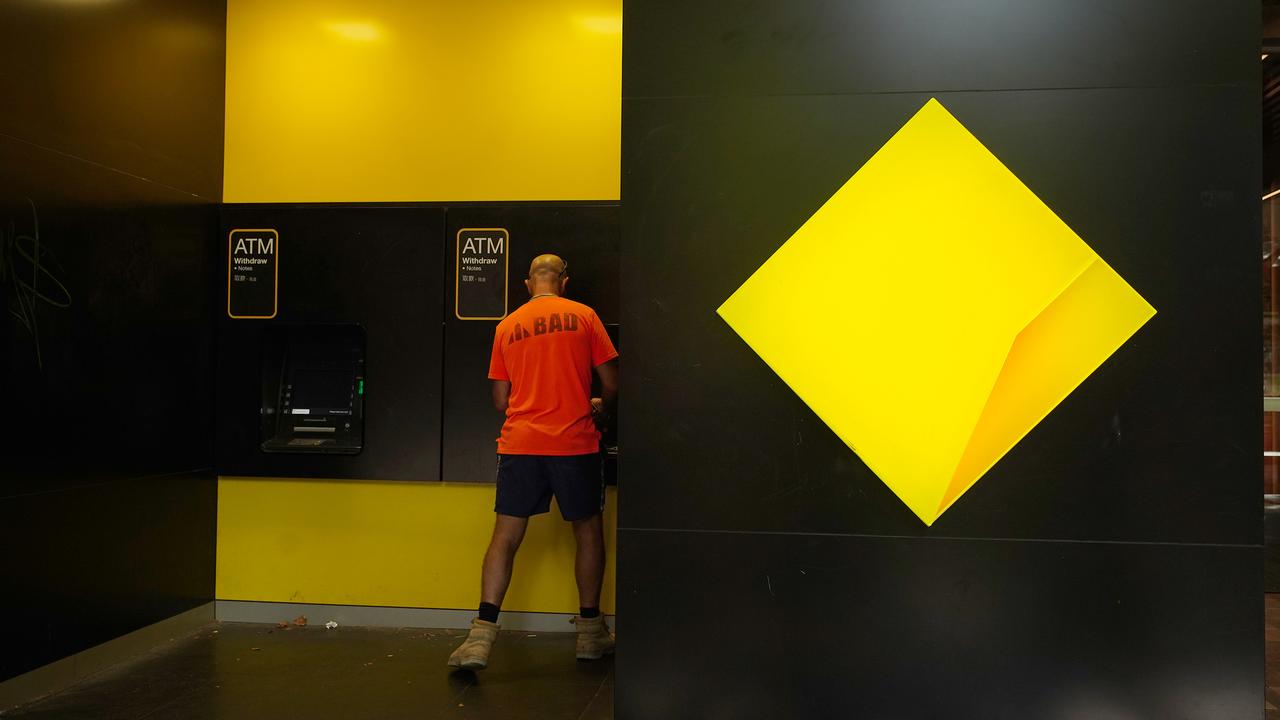
“Many companies have also been going a little further to pay out dividends, at the cost though of using up more of their profits to do so.
“There’s a lot of caution with outlooks for 2025, which is really not surprising given there’s a bit up in the air about what the next year is going to look like for the Aussie and global economy.
“Mining and energy stocks happen to be the only two sectors in the red since January 2024 on the ASX.
“Broadly speaking, costs were higher, dividends were lower and commodity prices, recently, have mostly gone backwards.”
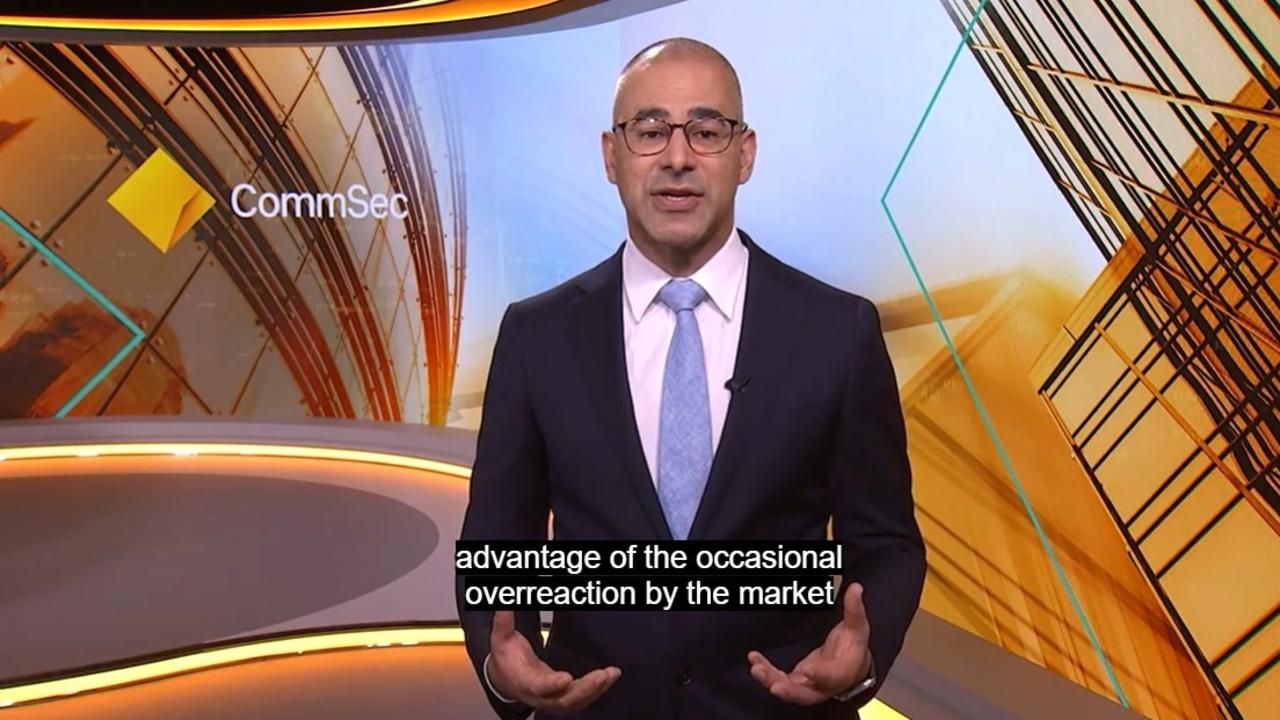
Globally iron ore prices have “almost fallen off a cliff” as China hits a serious construction slowdown, dragging the commodity down 30 per cent since January.
“It’s going to be a stretch for these companies to maintain their dividends if prices don’t bounce back.”
Since Fortescue, Rio Tinto and BHP have released their financial results last month, all three have gone backwards.
“Sixty-five per cent of BHP’s profits come from iron ore, all of Fortescue’s and about 80 per cent of Rio’s,” Mr Daghlian said.
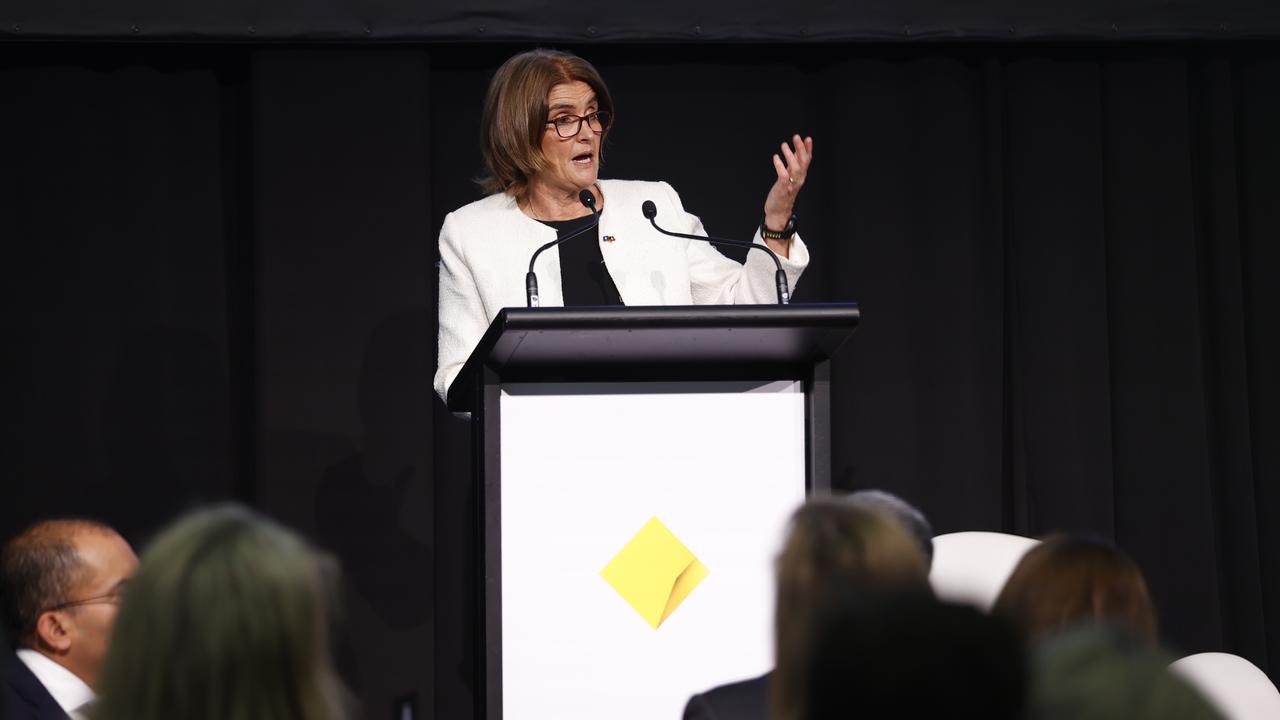
Helpfully for BHP and Fortescue both miners made more cash for each ton of iron ore; their costs rose but slower than inflation.
Nickel results have been smashed because of a flood of the metal, particularly from Indonesia.
Oil and gas giants Woodside and Santos recorded double-digit declines in first-half profits because of lower energy prices and lower volumes.
“Lithium miners; They’ve had a rough run, mostly due to huge declines in prices,” Mr Daghlian said.
“There’s been an oversupply of lithium and slower than hoped adoption of electric vehicles and also softer demand coming out of China.”
Originally published as ‘Dividend deluge’ as cost-of-living crisis drags on household budgets



